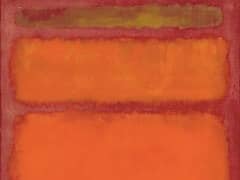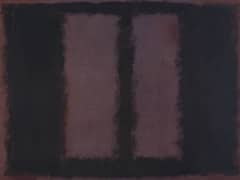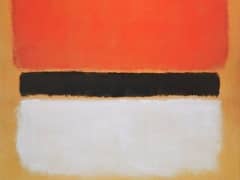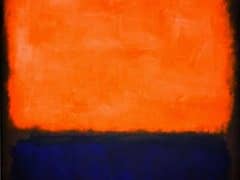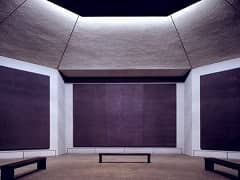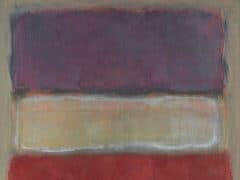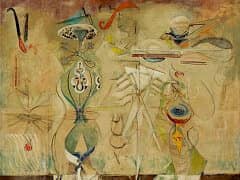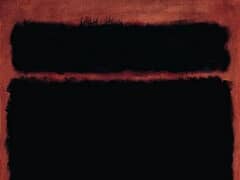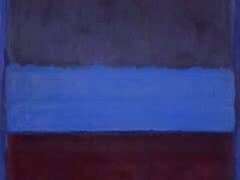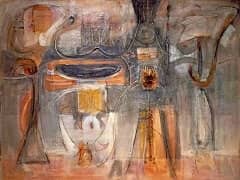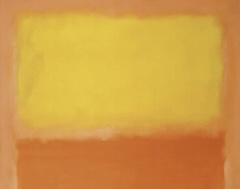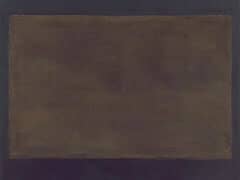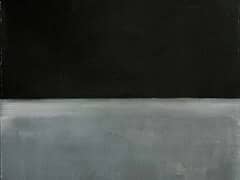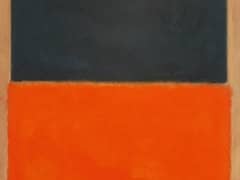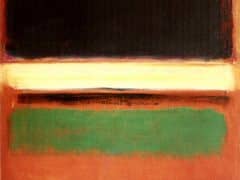Untitled, (1952) by Mark Rothko
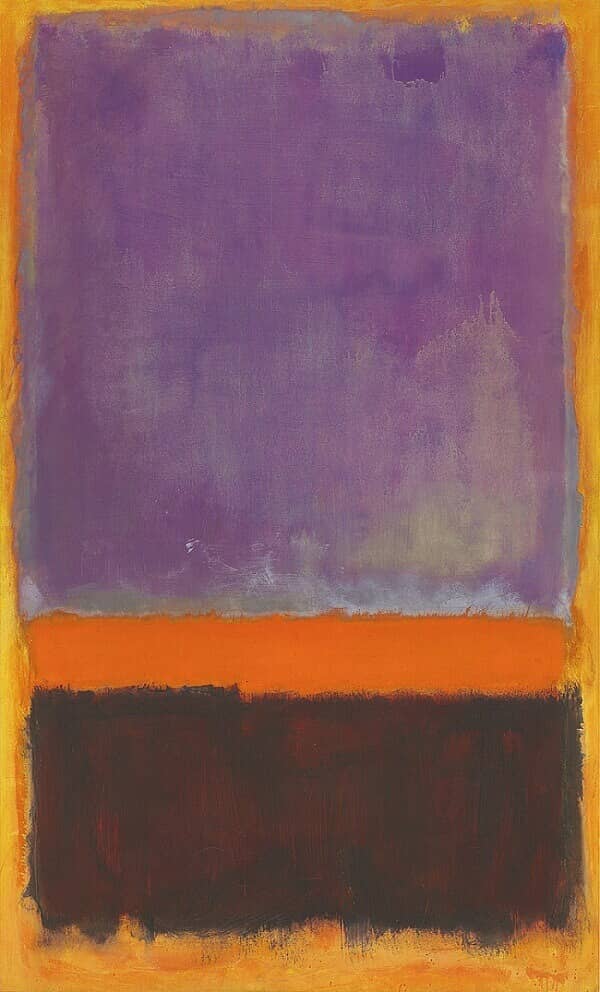
Despite this growing acceptance, Rothko often felt unappreciated, and liked to remark that others misunderstood him during 1950s. Every attempt to interpret his works left the painter annoyed. Biographer James Breslin writes that Rothko wanted the "ego" in his paintings to remain difficult to grasp. He saw his forms as having a life of their own, something beyond material boundaries. "My art is not abstract, it lives and breathes," he said. And just as a picture can come to life in the presence of a sensitive viewer, so too might the reaction of the viewer be deadly. Beginning in 1950, Rothko stopped giving any explanations for his paintings. "Silence is so accurate," he said, adding that words would only "paralyze" the viewer's mind. In one conversation he said,
Maybe you have noticed two characteristics exist in my paintings; either their surfaces are expansive and push outward in all directions, or their surfaces contract and rush inward in all directions. Between these two poles you can find everything I want to say."
Rothko increasingly refused to be identified with the New York School. He hated just as much to be classified as a great colorist. In an interview with Selden Rodman he proclaimed:
I'm not an abstractionist... I'm not interested in the relationship of color to form or anything else...I'm interested only in expressing basic human emotions - tragedy, ecstasy, and so on. And the fact that a lot of people break down and cry when confronted with my pictures shows that I can communicate those basic human emotions... The people who weep before my pictures are having the same religious experience I had when I painted them. And if you are moved only by their color relationship, then you miss the point."

